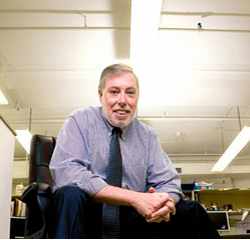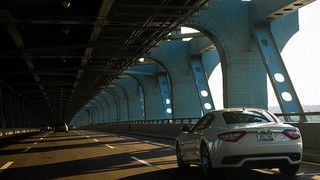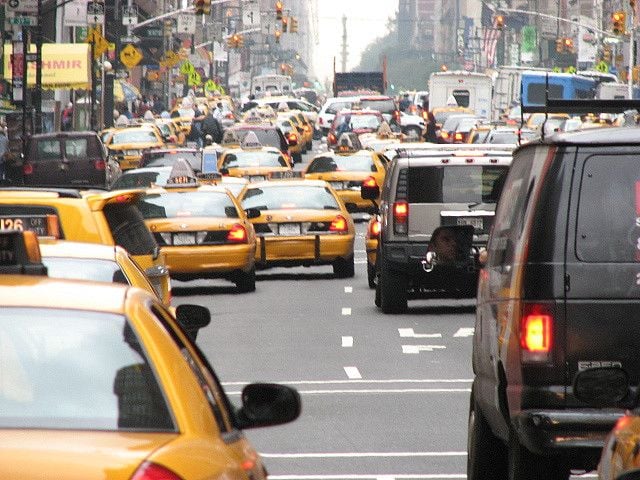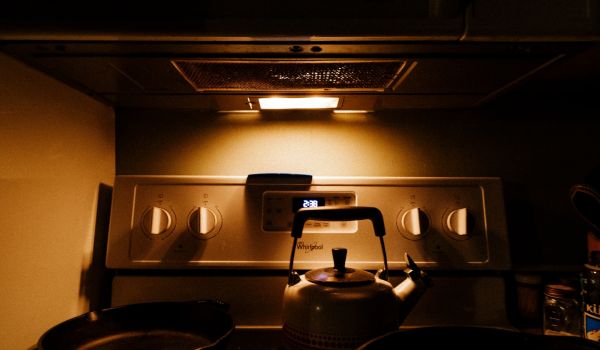In March of this year, Bill Keller of the New York Times endorsed what is, for lack of a better catchphrase, a “congestion pricing” scheme by Sam Schwartz of the eponymous planning and engineering firm. The proposal re-prices existing tolls (lowering many) and adds new fees to the East River bridges to discourage drivers from taking indirect routes along some of the city’s most gridlocked streets.
Take this example, which Schwartz has dubbed the New Jersey “Trucker’s Special”: A five-axle truck can travel the highway over the Verrazano-Narrows for a $70 toll (cars face a $9.60-$13 fee) or it can weave through downtown Manhattan via the Manhattan Bridge to reach the Lincoln or Holland Tunnels free of charge. As a result, Canal Street is a traffic disaster — a dangerous one that results in several pedestrian deaths annually.
Keller hailed Schwartz’s plan “a Brooklyn boy’s gift to his city.” Immediately after the piece ran, Schwartz heard from several banks with bond offers worth $12-$15 billion.
Not everyone is sold. Many recall Mayor Michael Bloomberg’s failed attempt in 2008 to introduce new charges for drivers entering Manhattan south of 86th Street and traveling within that zone. The New York State legislature killed the legislation after outer-borough residents objected, fearing they would be stuck with the greatest expense. A reworked version proved divisive among city council members and fizzled under the impression that well-to-do Manhattanites would reap the rewards, while populations in Queens, Brooklyn and the suburbs would suffer.
Bill Clinton, at the time, worried that the possible move might be “regressive.” Former U.S. Rep. Elizabeth Holtzman of Brooklyn and Sen. Patrick Moynihan had the same instinct in 1977 when they squashed a plan, backed by then-Mayor John Lindsay, to introduce tolls on the East River and Harlem Bridges as part of the federal government’s Clean Air Act. That, according to Schwartz, was the closest New York City has come to congestion pricing.

Schwartz Credit: Sam Schwartz Engineering
Fast-forward to today. Schwartz has been shopping his latest take on tolling around town, hoping to spark fresh dialogue. One of his latest stops was the Center for Architecture on Tuesday. After Schwartz walked the crowd through his PowerPoint, a fellow panelist, the Regional Plan Association’s Jeff Zupan, asked the 50 or so gathered who was in favor of something along the lines of Schwartz’s plan (the vast majority). Then he asked who lives in one of the four outer-boroughs and regularly drives into Manhattan each week (one person).
His point? Don’t just preach to the choir. To that end, Schwartz headed to meet with city officials in Staten Island on Wednesday, having already campaigned in Nassau County and Bay Ridge and Little Neck in Queens.
Zupan was quick to add that the RPA backs Schwartz’s plan with a few minor exceptions, which he’d rather discuss off the record.
Part of his vision involves the creation of three new pedestrian-bike toll bridges hop-scotching from hip neighborhoods like Greenpoint, Brooklyn to Hunters Point, Queens and Midtown Manhattan. Since 1911, the city hasn’t raised a bridge to the central business district, which Schwartz amusedly observes would appear to be Staten Island, where every entry is tolled, were an alien to look to our current tolling for orientation. The cost, he said, would be in the ballpark of $250 million a pop, similar to the amount that will have been spent on the Highline’s construction: “Only these bridges go somewhere.”
Indeed, the 50-cent bike toll, which its mastermind said generated the most emails of all the proposed elements, is practically a wink to the likes of David Byrne. But it doesn’t take a hipster sensibility or a Nobel Prize — William S. Vickrey won one in the ‘50s for introducing the concept of congestion pricing — to appreciate the potential here.
Schwartz is adamant that this time around, Manhattan south of 86th Street, where transit options and congestion are abundant, would incur the greatest tolls. He’s also promising to generate more than 35,000 recurring local jobs, as the CBD flourishes under a revamped transportation network, and net profits of $1.4 billion a year to exclusively fund capital transportation improvements.

Prohibitive fees on the Verrazano have made a mess of downtown Manhattan. Credit: Rob Gross on Flickr
Gov. Andrew Cuomo has yet to champion the cause. Schwartz banters that he hasn’t had the chance to meet with the three men. And that means that he also hasn’t been invited to sit down with the powers that be at the Metropolitan Transportation Authority.
The state is in charge of this arena thanks to a historic court case: After the 1980 transit strike, the city enacted tolls for single-occupant vehicles during select weekday hours only to lose a lawsuit filed against the bill by the Garage Board of Trade and the Automobile Club of New York. The judge, who, per Schwartz, was from upstate, ruled that this topic was a state matter. On Tuesday, Zupan wondered whether a few willing lawyers might be able to convince a judge that this is, in fact, a city issue.
Further afield, a case study has emerged in London, which as of 2003 became one of 11 international cities to launch congestion pricing. The British capital’s effort, reports Joe Peach, has largely been a success, with a 20 percent dip in car use, now over $200 million in annual net-revenues, and an increase in bus ridership not seen since the 1940s. Not that there haven’t been gripes from users along the way, as the New York Times reported in 2008, right when Bloomberg’s plan was pending state approval.
Meanwhile, at home, congestion pricing, particularly when labeled as such, is often politically dead on arrival. This fact led to Schwartz’s plea to his audience Tuesday for a “catchy name, something that sounds positive.” Right now he’s going with the rather clunky “a more equitable transportation formula.” If only Don Draper could be tapped for this campaign.
















